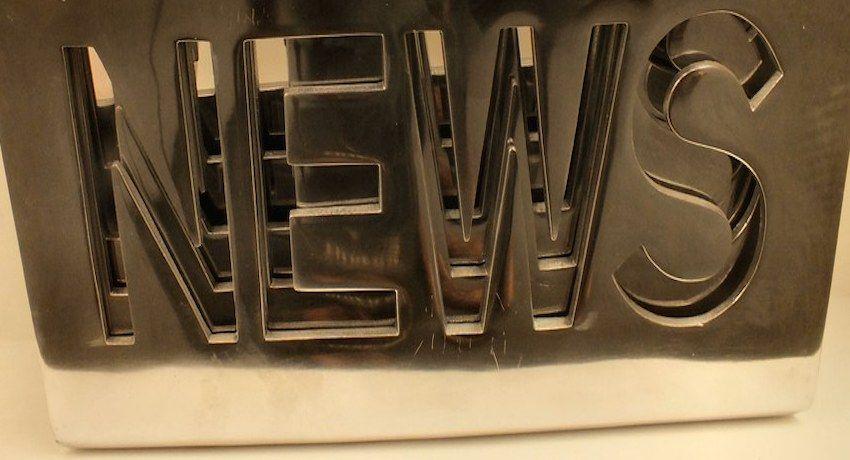
The Spanish Constitutional Court closes the SeriesYonkis case
The Constitutional Court of Spain has issued a ruling in the case of SeriesYonkis, a link-sharing website for series and films that, at its peak, was one of the country's most popular sites for online audiovisual content. The decision upholds the innocence of the site's operators and rejects the possibility of retroactive application of intellectual property laws.
SeriesYonkis was founded in 2007 by Alberto García Sola and quickly became one of the most popular sites in Spain for unrestricted access to audiovisual content. Although it did not host content directly, the platform facilitated access through links, triggering strong criticism from the entertainment industry, which saw it as a threat. The first lawsuit against the site was filed in 2008, but at the time the legislation did not consider this activity (sharing link) as copyright infringement, allowing SeriesYonkis to operate in a legal grey area. It was not until 2015, with the reform of the Intellectual Property Law, that this activity was formally included in the Spanish legislation as an infringement of copyright.
In 2011, Mr García Sola sold the website in anticipation of possible legal changes, and in 2014 the website voluntarily shut down and removed all links. However, the audiovisual industry continued with legal proceedings, seeking millions in damages (up to 546 million euros) and the retroactive application of the 2015 law.
In 2019, the regional court of Murcia ruled in favour of the defendants, arguing that the operators of SeriesYonkis had not violated the law at the time, as they had only linked to content without hosting it. In 2021, the Supreme Court upheld the decision, despite various appeals lodged by producing and distributing companies, which argued that the operators should be sanctioned under the current intellectual property law, approved in 2015.
In response, the Audiovisual Producers Rights Management Entity (EGEDA) and other copyright organisations appealed to the Constitutional Court to overturn the acquittal. Their main argument was that, due to the influence and popularity of SeriesYonkis, it was necessary to apply current regulations to avoid setting a precedent that could encourage online piracy. However, in its final decision, the Constitutional Court rejected these appeals, stating that laws cannot be applied retroactively to activities that were not considered illegal at the time.
EU trade mark dispute: Cardioflow v. CARDIOFORM
On 6 November, the General Court of the European Union ruled in case T-1146/23 on a dispute between the EU trade mark Cardioflow (N. 018115661) and the earlier word mark CARDIOFORM (N. 013592035).
In 2019, the German company Angiokard med. Spritzguß GmbH applied to the European Union Intellectual Property Office (EUIPO) for the registration of the word Cardioflow as an EU word mark, covering goods and services in Classes 10, 35 and 42 of the Nice Classification, such as disposable, sterile medical devices for angiography, cardiology and surgery, and the sale and development thereof. However, a US company, W.L. Gore & Associates Inc., opposed the registration for those goods in Class 10 on the basis of the earlier word mark CARDIOFORM, which covers implant materials (prostheses) for use in surgery in Class 10.
The Opposition Division partially upheld the opposition, holding that there was a likelihood of confusion in respect of 'disposable, sterile medical devices for dental and urological applications' in Class 10. However, it rejected the opposition in respect of the other goods covered by the trade mark application. The US company appealed against the decision in respect of goods for angiography, cardiology, anaesthesia, surgery and infusion. However, the Board of Appeal dismissed the appeal on the basis that the goods were only minimally similar and that the signs in question had a low degree of visual, phonetic and conceptual similarity.
The US company appealed the decision to the General Court of the European Union, which had to decide whether there was a likelihood of confusion between the marks at issue.
The Court upheld the Board of Appeal's decision. First, it highlighted the importance of breaking down trade marks into their component parts in order to assess their similarity. In this case, the marks 'Cardioflow' and 'CARDIOFORM' are divided into two parts: the common element 'cardio' and the additional elements 'flow' and 'form'. Although both marks share the word 'cardio', which refers to heart health, the Court argued that this element is considered descriptive in the context of medical products, which means that it has a low degree of distinctiveness. Therefore, the element 'cardio' cannot be the sole determining factor in the assessment of the similarity between the marks. Instead, the relevant public, composed of medical professionals, is capable of recognising and distinguishing the meanings of the additional elements. In this case, 'flow' suggests a focus on blood flow, while 'form' refers to the shape of organs or medical devices. Those differences in the additional elements are crucial because they convey different meanings that the public may associate with each mark.
In addition, the Court pointed out that, although the element 'cardio' is common to both marks, its descriptive nature reduces its weight in the visual and phonetic comparison. This means that, although the marks have a similar beginning, the differences in the elements "flow" and "form" are significant enough for the public not to confuse the two marks. Thus, the Court concluded that, in the public's perception, the marks not only look and sound different, but also evoke different concepts, which reinforces the idea that there is no likelihood of confusion between them.
Details
- Publication date
- 8 November 2024
- Author
- European Innovation Council and SMEs Executive Agency
